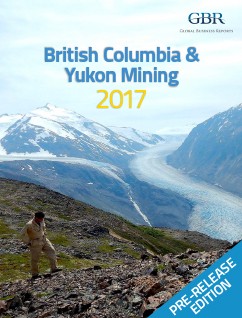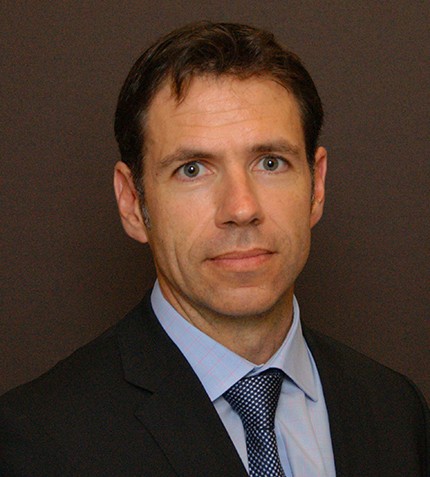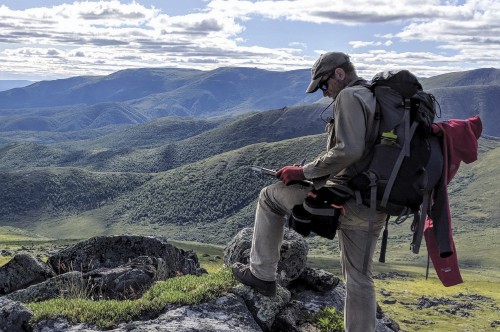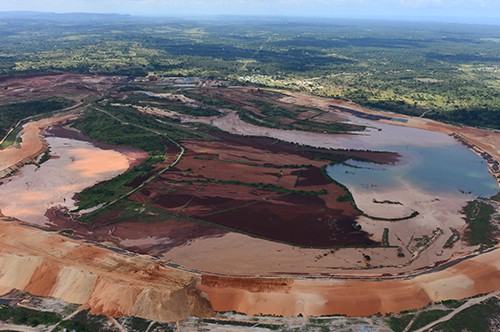
PUBLICATION
British Columbia & Yukon Mining 2017 Pre-Release
The downturn in the global mining industry took a toll on these western Canadian jurisdictions, as the prices of metallurgical coal, copper and gold experienced sharp decreases, thereby severely affecting mining revenues. Moreover, exploration activity stalled, as cash-strapped juniors put projects on hold waiting for the markets to recover. Luckily, signs of a turnaround are beginning to take hold and the mining industry is experiencing renewed dynamism.
In B.C., a total of 23 projects are currently undergoing the environmental assessment process, with most of these situated in the northwestern area of the province, now widely referred to as the ‘Golden Triangle’. Meanwhile, major projects are materializing in Yukon, with the recent incursion of Goldcorp placing this territory in the spotlight as an attractive jurisdiction with vast potential. With investors increasingly looking for projects in safe and stable mining jurisdictions, B.C. and Yukon are excellently positioned to attract investments. Favorable business environments, a high skilled labor force and ever-improving infrastructure make both B.C. and Yukon two of the most attractive destinations for mining activities for years to come.













